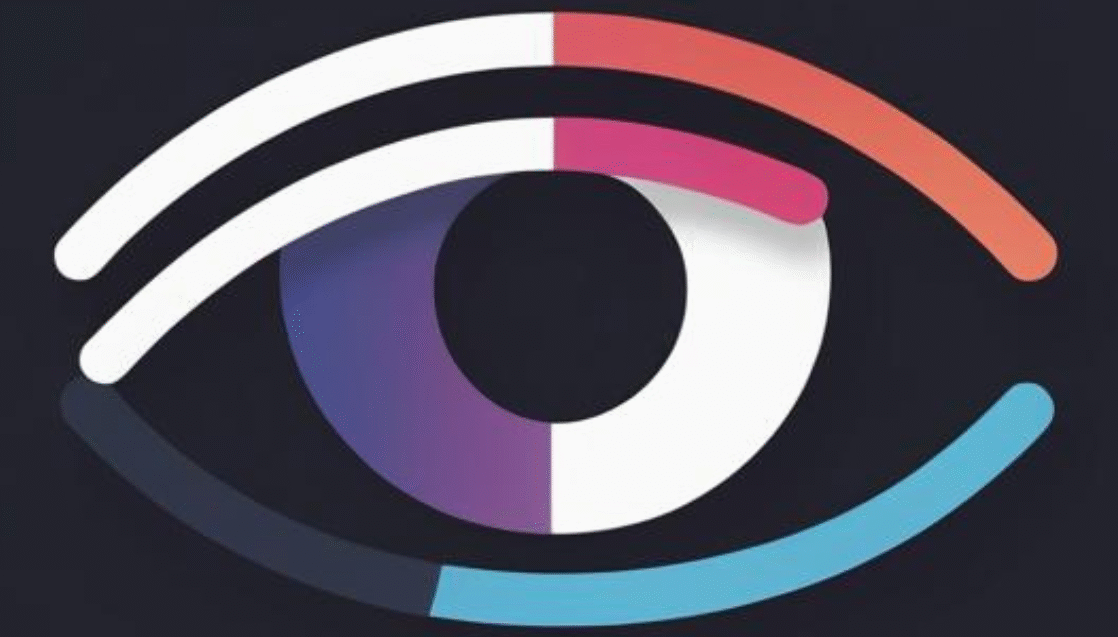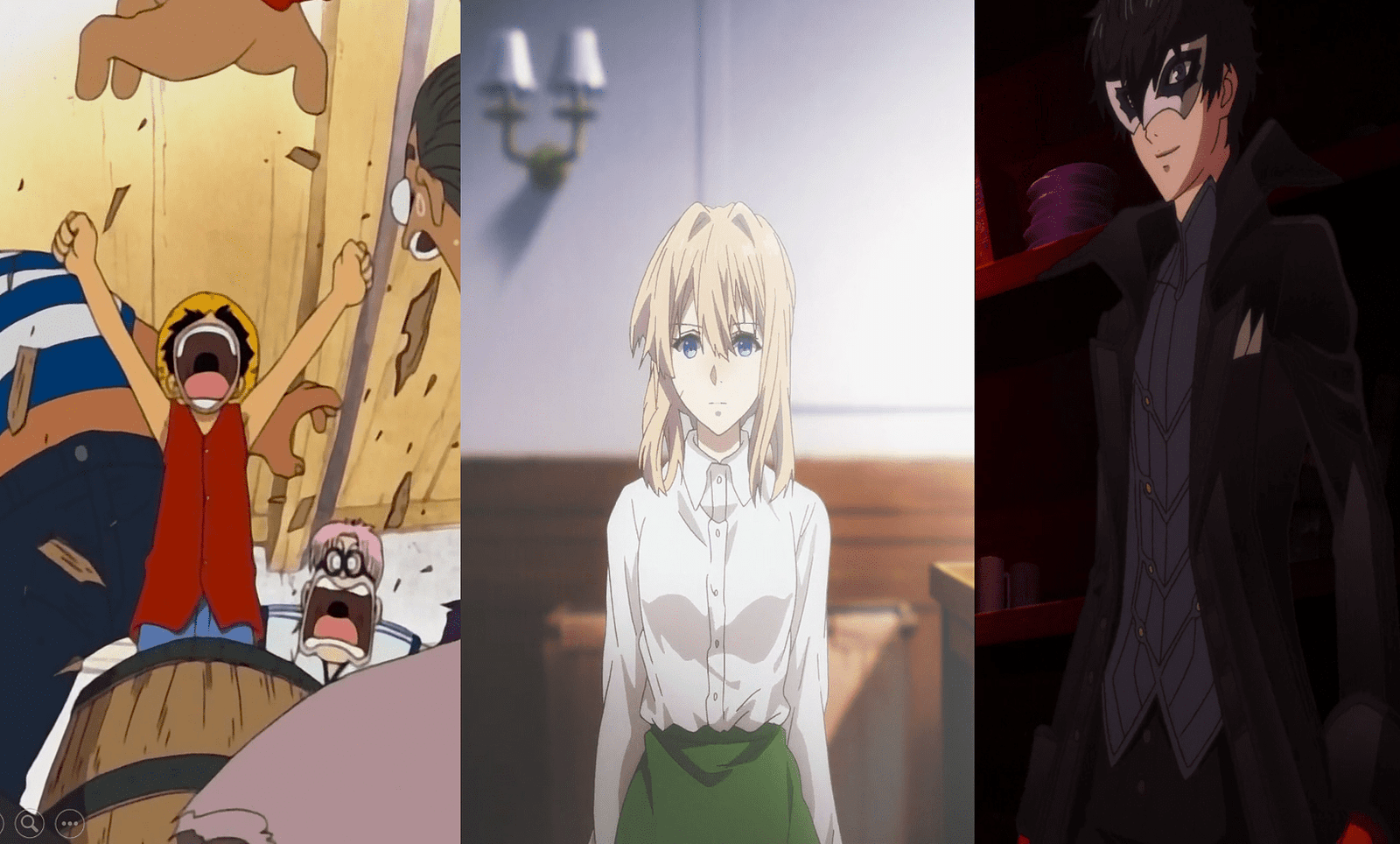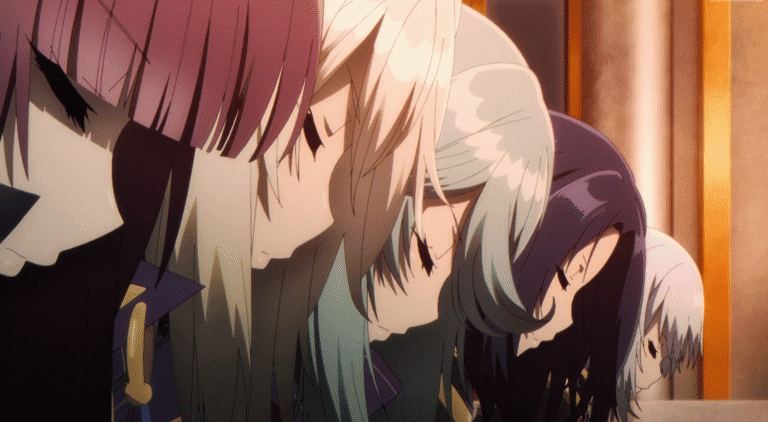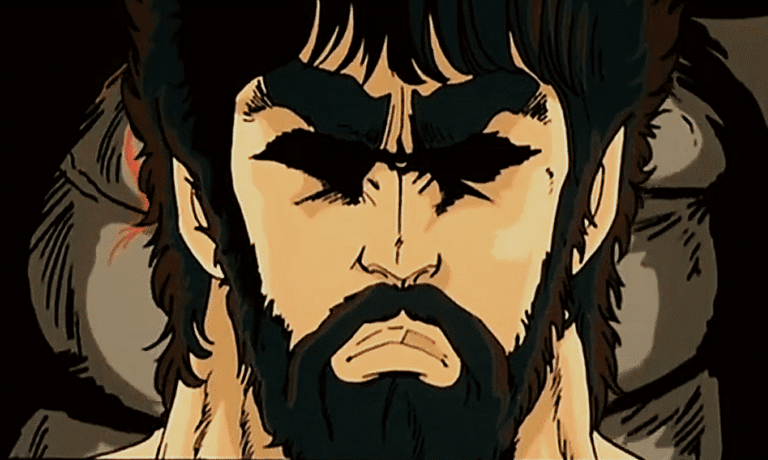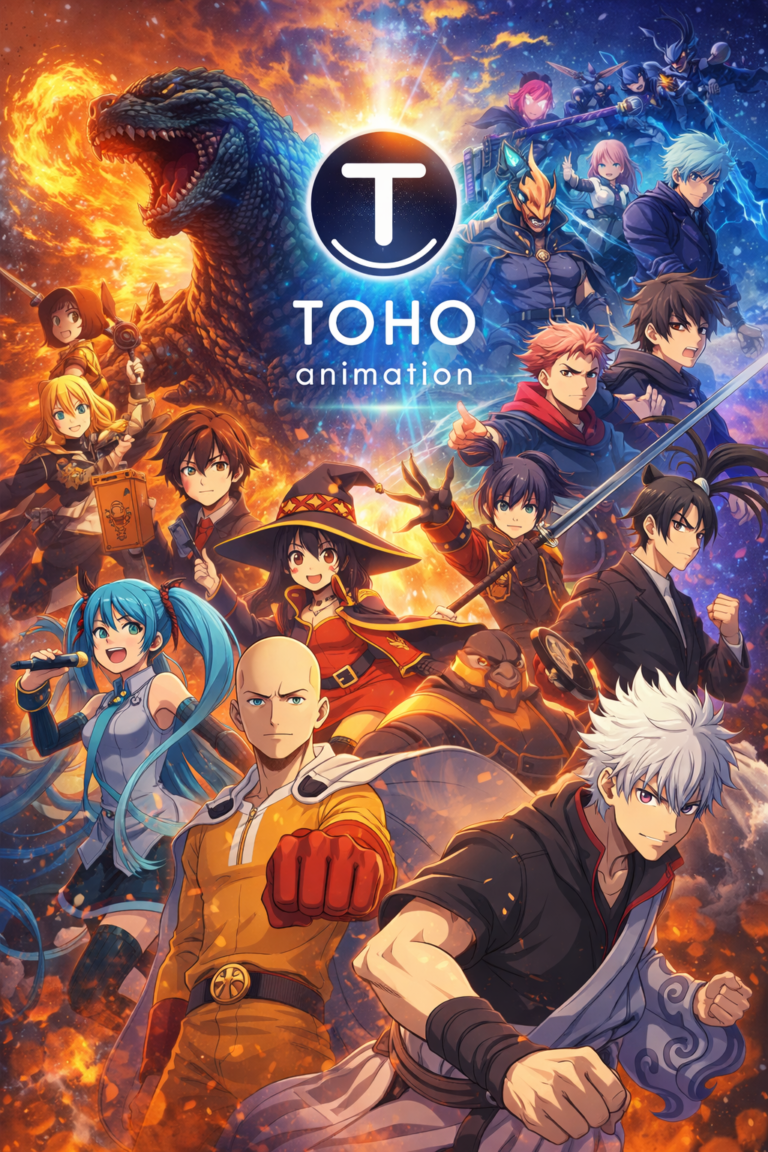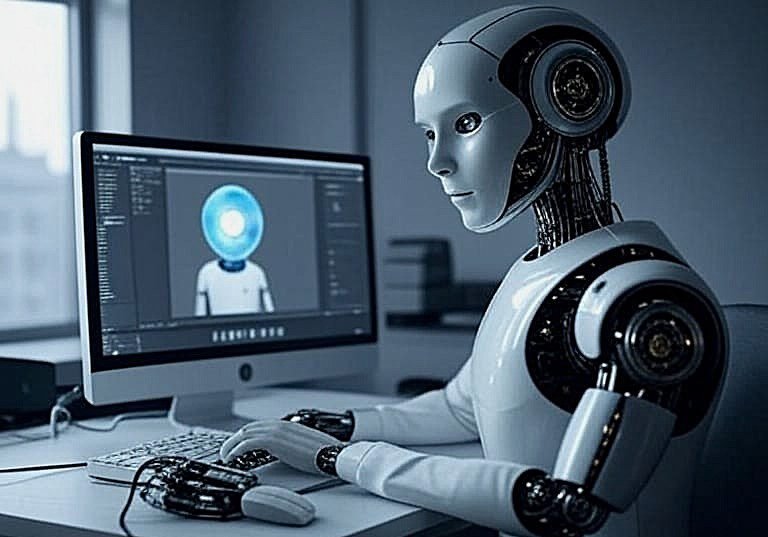How to Tell If an Anime Is Based on a Light Novel, Manga, or Game
Ever watched an anime, hit the credits, and thought:
“Wait… was that from a manga? A light novel? A game? A fever dream?”
Yeah, you’re not alone. Even if you’ve been around the anime block a few times, figuring out where a show came from is basically a skill—and once you’ve got it, your watchlist is about to explode. Because trust me, when you know the source material, you unlock extra content, hidden details, and sometimes… the superior version of the story.
So let’s break it down—manga, light novel, game, or original idea—and how you can spot them without playing 20 questions with Google.
1. The Big Three Sources
Manga-Based Anime
- Think comic book vibes but in black-and-white.
- Comes out in chunks—weekly or monthly—usually in magazines.
- If it gets big, boom, anime adaptation time.
- Examples: My Hero Academia, Jujutsu Kaisen.
Light Novel-Based Anime
- Books with a sprinkle of anime-style illustrations.
- LOTS of words, lots of inner monologues, lots of “let me explain this magic system for 12 paragraphs.”
- Heavy fantasy and isekai territory. Sometimes my event convey hidden facts from popular animes .
- Examples: Re:Zero, Sword Art Online.
Game-Based Anime
- Pulled straight from RPGs, mobile games, or visual novels.
- Usually has branching storylines or different “routes” for each character.
- Examples: Fate/stay night, Persona 5: The Animation, upcoming Genshin Impact anime.
2. Spotting the Source Like a Pro
If it’s manga:
- Snappy, panel-like pacing.
- More action/dialogue, less internal monologue.
- Art style feels exactly like the manga’s.
- Tied to big-name magazines like Shonen Jump.
If it’s a light novel:
- Characters talk. A LOT.
- Big narration dumps and world-building.
- Slow start but payoff later.
- Long, dramatic episode titles (bonus points if it’s isekai).
If it’s game-based:
- Multiple characters getting solo arcs.
- Feels like you’re watching cutscenes in order.
- Quality of action scenes can jump around.
- Menus, stats, or game-like effects sneak into the visuals.
3. Why You Should Care
Knowing the source saves you heartbreak and helps you:
- Predict pacing (light novels are slow burns, manga can sprint).
- Find more story when the anime cuts off mid-arc.
- Appreciate the format—stories aren’t built the same way.
- Decide if you wanna read/play the original.
Example: The Rising of the Shield Hero? Deeper in the light novel. Tokyo Ghoul? Manga blows the anime out of the water.
4. Easy Ways to Check
- MyAnimeList.net → Lists the source right on the anime page.
- AniList.co or Anime-Planet → Same deal, plus tags.
- Wikipedia/Fandom wikis → For lore nerd dives.
- Ending credits → Look for “Based on the Light Novel by…” etc.
5. Quickfire Examples
| Anime | Source | Dead Giveaway |
|---|---|---|
| Demon Slayer | Manga | Fast battles, arc-by-arc pacing |
| Re:Zero | Light Novel | World-building monologues |
| Fate/stay night | Visual Novel Game | Multiple timelines/routes |
| Made in Abyss | Manga | Dark art matches manga exactly |
| Overlord | Light Novel | Strategy-heavy narration |
So next time you binge something and fall head over heels, remember:
- You can chase the source for more content.
- You can spot when the anime cut corners.
- You can flex your source-sniffing skills in fandom debates.
Manga, light novel, or game—they all have their own flavor. But when an anime adaptation nails it? Chef’s kiss. That’s when the true magic happens.
Image credit Toei Animation, Kyoto Animation, CloverWorks
